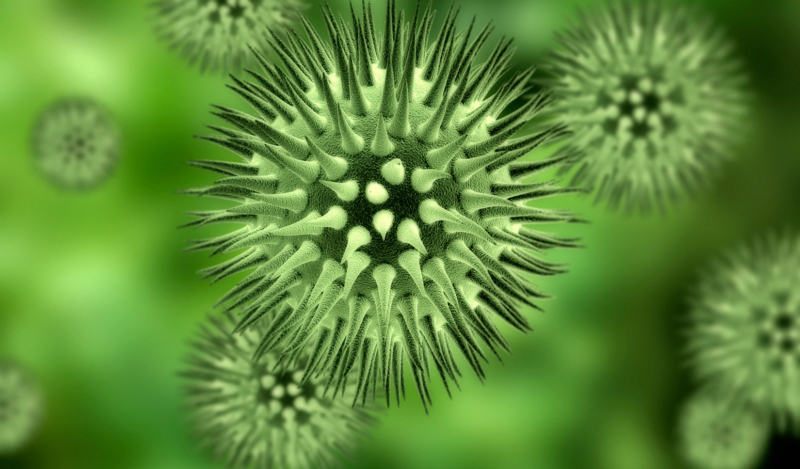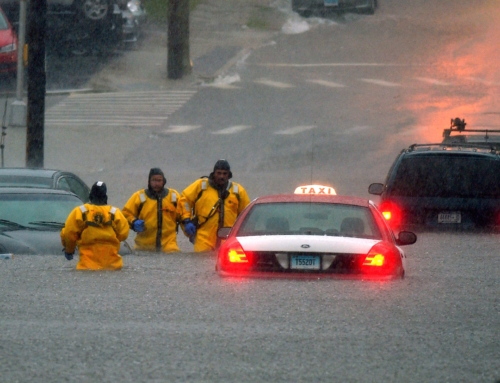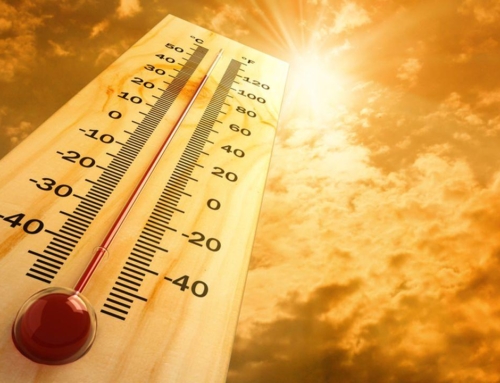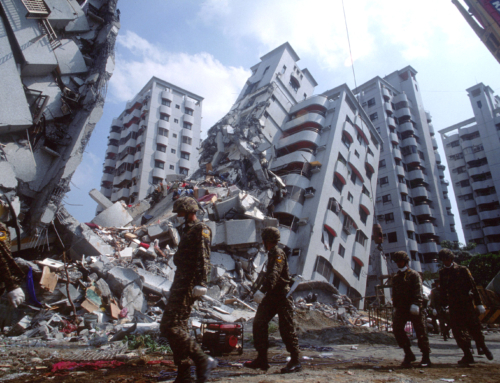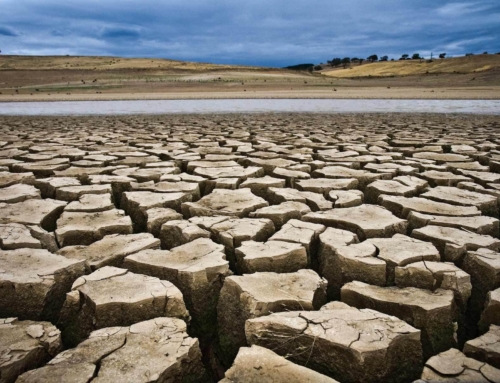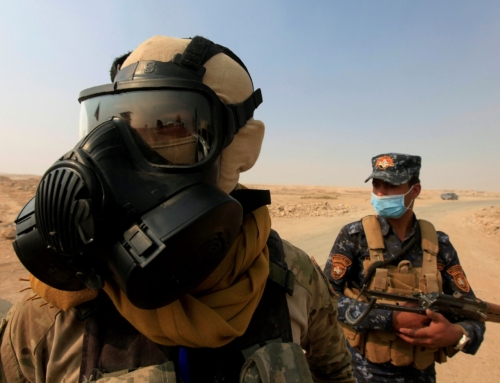Biological agents are organisms or toxins that can kill or incapacitate people, livestock and crops. A biological attack is the deliberate release of germs or other biological substances that can make you sick.
The three basic groups of biological agents that would likely be used as weapons are bacteria, viruses and toxins. Most biological agents are difficult to grow and maintain. Many break down quickly when exposed to sunlight and other environmental factors, while others, such as anthrax spores, are very long lived. Biological agents can be dispersed by spraying them into the air, by infecting animals that carry the disease to humans and by contaminating food and water. Delivery methods include:
- Aerosols – biological agents are dispersed into the air, forming a fine mist that may drift for miles. Inhaling the agent may cause disease in people or animals.
- Animals – some diseases are spread by insects and animals, such as fleas, mice, flies, mosquitoes and livestock.
- Food and water contamination – some pathogenic organisms and toxins may persist in food and water supplies. Most microbes can be killed, and toxins deactivated, by cooking food and boiling water. Most microbes are killed by boiling water for one minute, but some require longer. Follow official instructions.
- Person-to-person – spread of a few infectious agents is also possible. Humans have been the source of infection for smallpox, plague, and the Lassa viruses.
Specific information on biological agents is available through the Centers for Disease Control and Prevention.
Article Source: https://www.ready.gov/biological-threats
The following are things you can do to protect yourself, your family and your property from the effects of a biological threat:
- Build an Emergency Supply Kit, which includes items like non-perishable food, water, a battery-powered or hand-crank radio, extra flashlights and batteries.
- Make a Family Emergency Plan. Your family may not be together when disaster strikes, so it is important to know how you will contact one another, how you will get back together and what you will do in case of an emergency.
- Plan places where your family will meet, both within and outside of your immediate neighborhood.
- It may be easier to make a long-distance phone call than to call across town, so an out-of-town contact may be in a better position to communicate among separated family members.
- You may also want to inquire about emergency plans at places where your family spends time: work, daycare and school. If no plans exist, consider volunteering to help create one.
- Knowing your community’s warning systems and disaster plans.
- Notify caregivers and babysitters about your plan.
- Make plans for your pets
- Check with your doctor to ensure all required or suggested immunizations are up to date. Children and older adults are particularly vulnerable to biological agents.
- Consider installing a High-Efficiency Particulate Air (HEPA) filter in your furnace return duct. These filters remove particles in the 0.3 to 10 micron range and will filter out most biological agents that may enter your house. If you do not have a central heating or cooling system, a stand-alone portable HEPA filter can be used.
Filtration in Buildings
Building owners and managers should determine the type and level of filtration in their structures and the level of protection it provides against biological agents. The National Institute of Occupational Safety and Health (NIOSH) provides technical guidance on this topic in their publication Guidance for Filtration and Air-Cleaning Systems to Protect Building Environments from Airborne Chemical, Biological, or Radiological Attacks. To obtain a copy, call 1 (800) 35NIOSH or visit the National Institute for Occupational Safety and Health Web site and request or download NIOSH Publication 2003-136.
Using High-Efficiency Particulate Air (HEPA) Filters
High-Efficiency Particulate Air (HEPA) filters are useful in biological attacks. If you have a central heating and cooling system in your home with a HEPA filter, leave it on if it is running or turn the fan on if it is not running. Moving the air in the house through the filter will help remove the agents from the air. If you have a portable HEPA filter, take it with you to the internal room where you are seeking shelter and turn it on.
If you are in an apartment or office building that has a modern, central heating and cooling system, the system’s filtration should provide a relatively safe level of protection from outside biological contaminants.
HEPA filters will not filter chemical agents.
- In the event of a biological attack, public health officials may not immediately be able to provide information on what you should do. It will take time to determine exactly what the illness is, how it should be treated, and who is in danger. However, you should watch TV, listen to the radio, or check the Internet for official news and information including signs and symptoms of the disease, areas in danger, if medications or vaccinations are being distributed and where you should seek medical attention if you become ill.
- If you become aware of an unusual and suspicious substance, quickly get away.
- Protect yourself. Cover your mouth and nose with layers of fabric that can filter the air but still allow breathing. Examples include two to three layers of cotton such as a t-shirt, handkerchief or towel. Otherwise, several layers of tissue or paper towels may help.
- There may be times when you would want to consider wearing a face mask to reduce spreading germs if you yourself are sick, or to avoid coming in contact with contagious germs if others around you are sick.
- If you have been exposed to a biological agent, remove and bag your clothes and personal items. Follow official instructions for disposal of contaminated items.
- Wash yourself with soap and water and put on clean clothes.
- Contact authorities and seek medical assistance. You may be advised to stay away from others or even quarantined.
- If a family member becomes sick, it is important to be suspicious.
- Do not assume, however, that you should go to a hospital emergency room or that any illness is the result of the biological attack. Symptoms of many common illnesses may overlap.
- Use common sense, practice good hygiene and cleanliness to avoid spreading germs, and seek medical advice.
- Consider if you are in the group or area authorities believe to be in danger.
- If your symptoms match those described and you are in the group considered at risk, immediately seek emergency medical attention.
- Follow instructions of doctors and other public health officials.
- If the disease is contagious expect to receive medical evaluation and treatment. You may be advised to stay away from others or even deliberately quarantined.
- For non-contagious diseases, expect to receive medical evaluation and treatment.
- In a declared biological emergency or developing epidemic, there may be reason to stay away from crowds where others may be infected.
Cover Your Nose and Mouth
Be prepared to improvise with what you have on hand to protect your nose, mouth, eyes and cuts in your skin. Anything that fits snugly over your nose and mouth, including any dense-weave cotton material, can help filter contaminants in an emergency. It is very important that most of the air you breathe comes through the mask or cloth, not around it. Do whatever you can to make the best fit possible for children. There are also a variety of face masks readily available in hardware stores that are rated based on how small a particle they can filter in an industrial setting. Simple cloth face masks can filter some of the airborne “junk” or germs you might breathe into your body, but will probably not protect you from chemical gases.
Symptoms and Hygiene
If a family member develops any of the symptoms below, keep them separated from others if possible, practice good hygiene and cleanliness to avoid spreading germs and seek medical advice.
- A temperature of more than 100 degrees
- Nausea and vomiting
- Stomachache
- Diarrhea
- Pale or flushed face
- Headache
- Cough
- Earache
- Thick discharge from nose
- Sore throat
- Rash or infection of the skin
- Red or pink eyes
- Loss of appetite
- Loss of energy or decreases in activity
Hygiene
If someone is sick, you should practice good hygiene and cleanliness to avoid spreading germs.
- Wash your hands with soap and water frequently.
- Do not share food or utensils.
- Cover your mouth and nose when coughing or sneezing.
- Consider having the sick person wear a face mask to avoid spreading germs.
- Plan to share health-related information with others, especially those who may need help understanding the situation and what specific actions to take.
Antibiotics
While antibiotics are often an appropriate treatment for the diseases associated with biological weapons, the specific drug must match the illness to be effective. One antibiotic, for example, may be appropriate for treating anthrax exposure, but is inappropriate for treating smallpox. All antibiotics can cause side effects including serious reactions. Plan to speak with your health care provider in advance about what makes sense for your family.
Visit the Center for Disease Control and Prevention for a complete list of potential agents/diseases and appropriate treatments.
- Biological Attack Fact Sheet: Human Pathogens, Biotoxins, and Agricultural Threat. Document providing preparation guidance for a chemical, biological, radiological, and nuclear threat.
Related Websites
Find additional information on how to plan and prepare for a biological threat and learn about available resources by visiting the following websites:
Listen to Local Officials
Learn about the emergency plans that have been established in your area by your state and local government. In any emergency, always listen to the instructions given by local emergency management officials.


